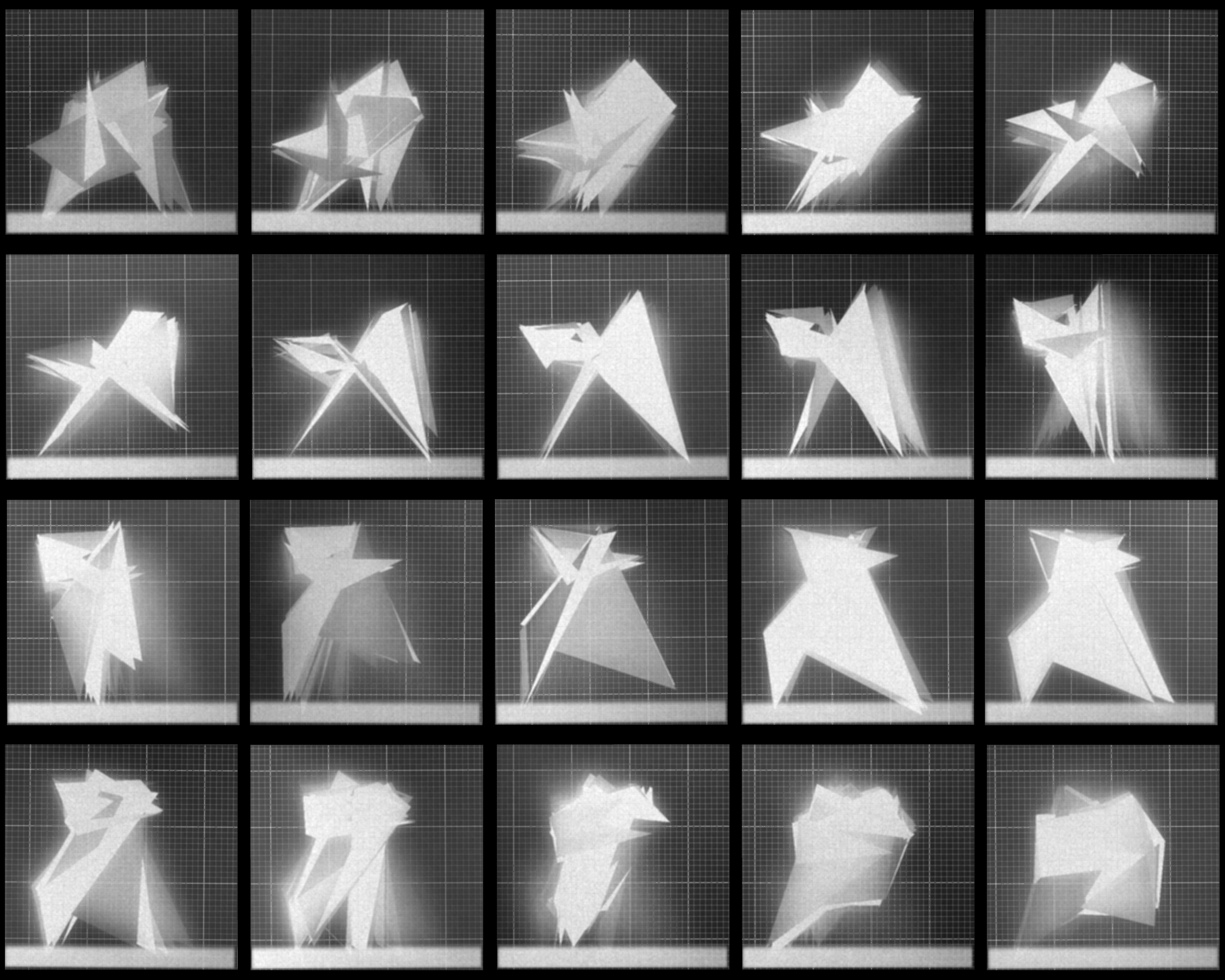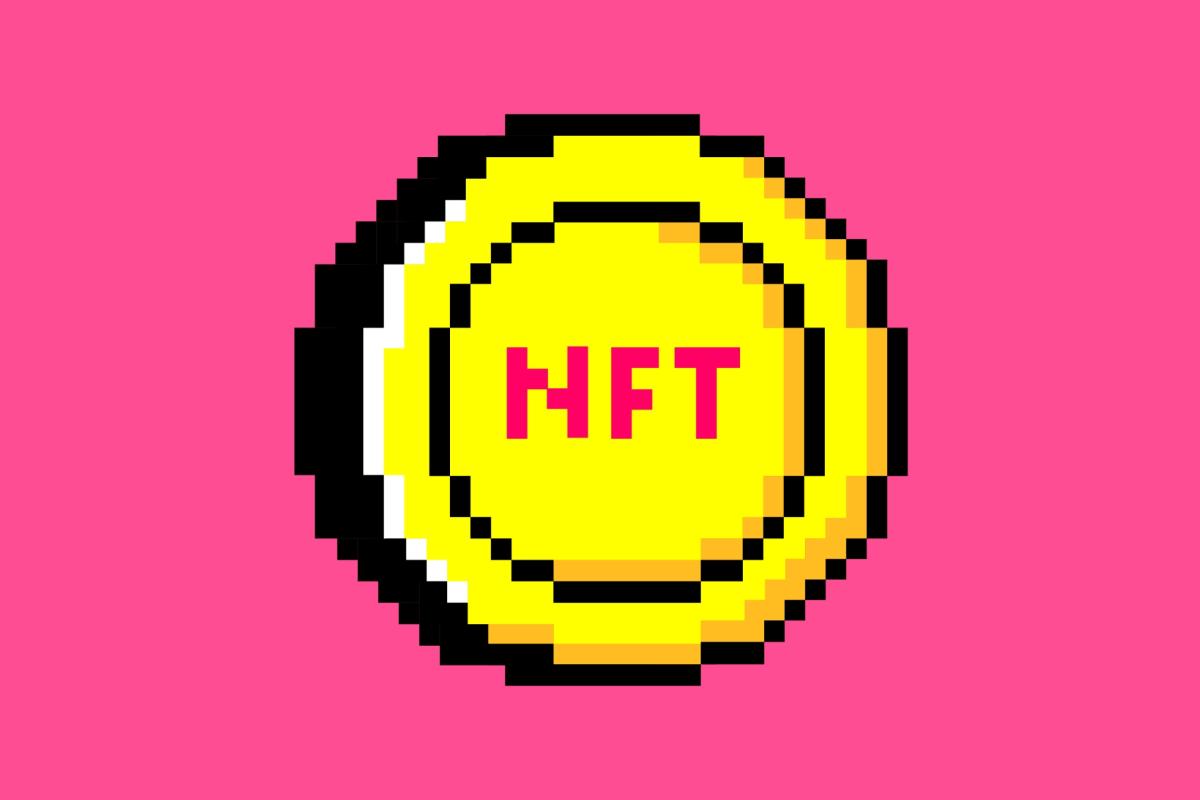How Digital Artist 0xDEAFBEEF’s New NFT Project Reimagines Muybridge’s 19th Century Motion Studies for Blockchain

NFTs
The two-part collection was conceived as part of LACMA’s blockchain initiative.
Time may be currency, but for 0xDEAFBEEF it is raw material. In his short but rich career, the generative artist has worked with time-based media from sound to animation, while exploring ways of boring these multimedia concepts. His latest collection continues in the same spirit, but also reaches back through eras to see a groundbreaking work of art that similarly loses time.
0xDEAFBEEF is the sixth artist to participate in the Los Angeles County Museum of Art’s ongoing blockchain series, Remembrance of Things Future. Created in collaboration with the Web3 consultancy company Cactoid Labs, the initiative asks digital creators to produce new works that reinterpret art and objects in the museum’s collection. It is first iteration featured artists including Ix Shells, Emily Xie and Sarah Zucker.
For his turn, 0xDEAFBEEF chose as his touchstone Eadweard Muybridge’s 19th-century studies of human and animal movements. Throughout the ages, these ground-breaking sequential images have advanced scientific understanding and photographic techniques, and for 0xDEAFBEEF offered “a wealth of themes and historical context.”
Eadweard Muybridge, Animal movement (1886). Photo courtesy of the Los Angeles County Museum of Art.
“I was previously aware of the horse images from my time studying computer animation,” 0xDEAFBEEF told Artnet News. “But seeing his work now deeper and wider, I felt there was an enigmatic quality to these images that was familiar and yet mysterious and engaging.”
After delving into the life and legacy of Muybridge (“the maverick eccentric”), 0xDEAFBEEF has conceived a two-part project entitled Noumenon and Chronophotography, published on 1 and 4 May respectively. Both are the products of the artist’s attempt to “draw connections between photography and blockchain as time-based media.”
The first, Noumenon, is a 16-part generative series of audiovisual works, in which abstract, origami-like figures swirl around what looks like a distressed film cel. A code-engineered chorus of synth squibs accompanies the black-and-white animation, emphasizing 0xDEAFBEEF’s signature synthesis of sound and moving images.
“Noumenon is meant to represent the unknown reality beyond our senses – how to communicate it in a sensory way?” he explained. “Sound in combination with movement is a powerful medium for conveying an emotion.”
0xDEAFBEEF, still off Noumenon (2023). Photo courtesy of the artist
Chronophotography serves as a companion piece that brings together “metaphorical observations” by one Noumenon. In other words, you can think of Noumenon as an object and Chronophotograph as a camera eye.
Using a special blockchain transaction called “releaseShutter”, collectors can capture a sequential chronophotographic record of a Noumenon – much like how Muybridge photographed a horse in motion – which will be minted as a token on the blockchain. Each chrono photograph taken by a Noumenon also increases in resolution, mirroring the evolution of camera technology.
0xDEAFBEEF, Chronophotography 3T, epoch 4 (2023). Photo courtesy of the artist
A further participatory element is built into this part of the project. An owner of a Noumenon token can delegate a person to activate the “releaseShutter” function, which will then list the delegate’s address on the blockchain as the “photographer” of Chronophotograph.
Such interactivity, 0xDEAFBEEF said, expands the use of NFTs beyond “an ownership tracking mechanism.”
“It’s a big use, but just one use of the rich potential of programmable blockchains, which I see more generally as a means of structuring social interactions around a common reference point,” he added. “I think the participatory/interactive dimension is a unique advantage of this medium and worth exploring, as it has been by many artists.”
0xDEAFBEEF, Chronophotography 2T, epoch 12 (2023). Photo courtesy of the artist
Not that you or your delegate can press “releaseShutter” an infinite number of times: a “time lock” ensures that collectors must wait a block of time – 12 seconds – before they can make another chrono photograph. That block of time is then doubled between chronographs, so “eventually you’re going to wait a day, then two days, and then months, years, and millennia before you can do the next one,” 0xDEAFBEEF said.
In theory, the increasing resolution of and the waiting time between chronographs can be extended indefinitely. But, as 0xDEAFBEEF acknowledges, reality sets limits. It is the meager human lifespan, if not the ceiling of computer technology. Although machines may be developed in the future to handle an image with many millions of pixels, the fact is that “it will probably break,” he said.
“In reality, you’re going to run into a limit,” he continued. “It’s the heat death of the universe, the sun will run out – you have practical limits that you will eventually run into.”
Time, observed or unobserved, continues to chug along.
Follow Artnet News on Facebook:
Do you want to be at the forefront of the art world? Subscribe to our newsletter to get the latest news, eye-opening interviews and sharp critiques that drive the conversation forward.
























